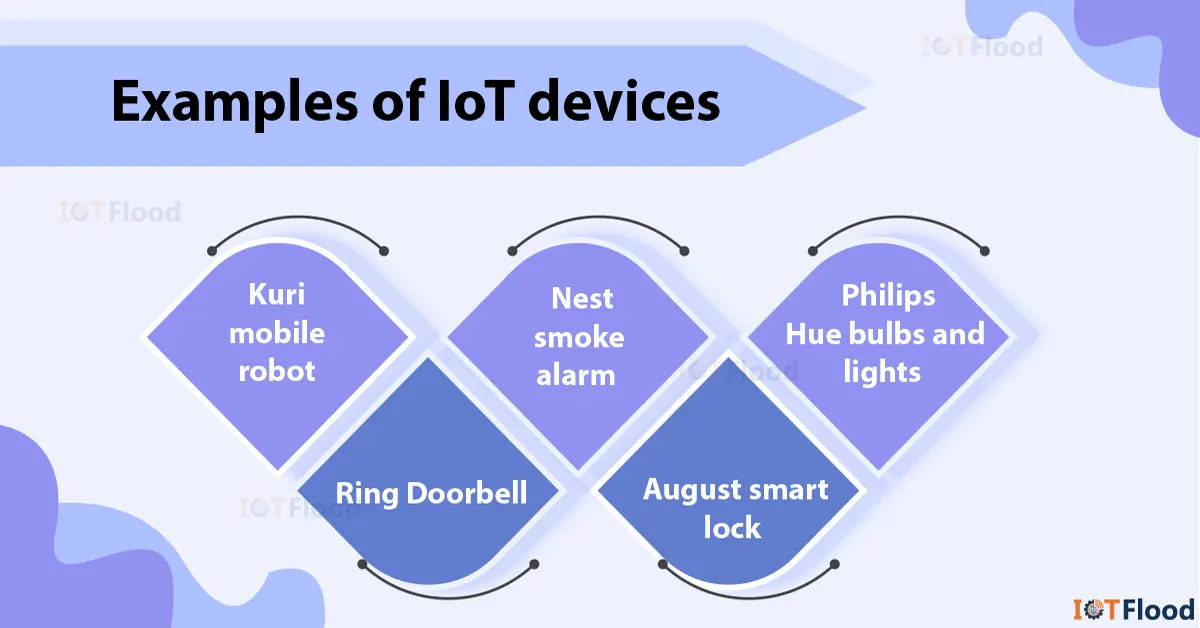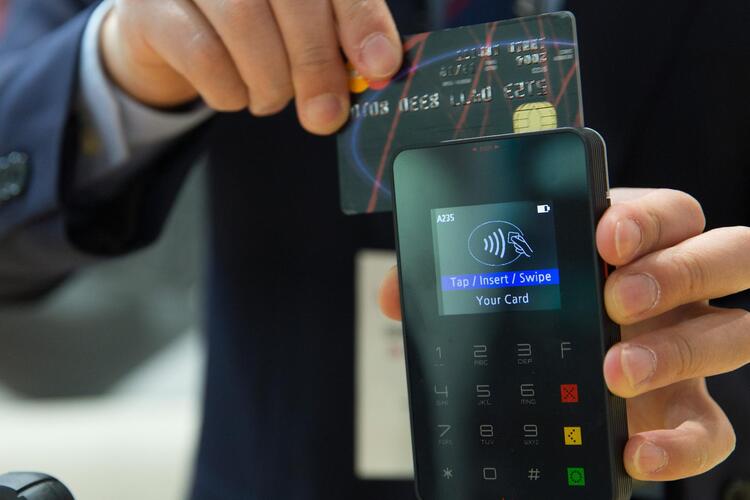In today's interconnected world, remote IoT devices are transforming industries by enabling smarter, more efficient operations. These devices leverage the Internet of Things (IoT) to collect, transmit, and process data without requiring physical presence. Whether it's monitoring weather patterns, managing industrial equipment, or enhancing home automation, remote IoT devices play a pivotal role in shaping the future of technology.
As technology continues to evolve, the demand for remote IoT devices is skyrocketing. Businesses and individuals are increasingly recognizing the benefits of these devices in improving productivity, reducing costs, and enhancing convenience. From agriculture to healthcare, remote IoT devices are proving to be indispensable tools for innovation.
This article will delve into various examples of remote IoT devices, exploring their applications, benefits, and challenges. By the end of this comprehensive guide, you'll have a clear understanding of how these devices are revolutionizing industries and why they are essential for modern living.
Read also:Iggy Pop Net Worth The Untold Story Of Rocks Iconic Rebel
Table of Contents
- Introduction to Remote IoT Devices
- What Are Remote IoT Devices?
- Examples of Remote IoT Devices
- Applications of Remote IoT Devices
- Advantages of Using Remote IoT Devices
- Challenges Faced in Remote IoT Deployment
- Security Considerations for Remote IoT Devices
- The Future of Remote IoT Devices
- Market Trends in Remote IoT Devices
- Conclusion
Introduction to Remote IoT Devices
Remote IoT devices are part of a broader ecosystem of interconnected gadgets designed to operate without direct human intervention. These devices rely on sensors, wireless communication, and cloud computing to perform tasks efficiently. The ability to monitor and control devices from anywhere in the world has made them indispensable in both personal and professional settings.
Why Remote IoT Devices Are Important
The importance of remote IoT devices cannot be overstated. They enable businesses to optimize resources, reduce downtime, and improve decision-making processes. For instance, in agriculture, remote IoT devices can monitor soil moisture levels and automate irrigation systems, ensuring optimal crop growth. Similarly, in healthcare, wearable devices can track vital signs and alert medical professionals in case of emergencies.
What Are Remote IoT Devices?
Remote IoT devices refer to gadgets equipped with sensors and communication modules that allow them to function independently and transmit data over the internet. These devices can be deployed in various environments, from urban smart cities to remote rural areas. They are designed to operate autonomously, providing real-time data and enabling remote control capabilities.
Key Components of Remote IoT Devices
- Sensors: Collect data from the environment, such as temperature, humidity, or motion.
- Communication Modules: Enable data transmission via Wi-Fi, cellular networks, or satellite.
- Microcontrollers: Process data and execute commands based on predefined algorithms.
- Power Supply: Ensure continuous operation through batteries or renewable energy sources.
Examples of Remote IoT Devices
The variety of remote IoT devices is vast, catering to diverse industries and applications. Below are some notable examples:
Smart Home Devices
Devices like smart thermostats, security cameras, and lighting systems allow homeowners to manage their homes remotely. These devices enhance comfort, security, and energy efficiency.
Agricultural Sensors
Farmers use remote IoT devices to monitor crop health, soil conditions, and weather patterns. These devices help optimize resource usage and increase yield.
Read also:Mary Burke Nacked An Indepth Exploration Of The Controversial Topic
Industrial Automation
In manufacturing, remote IoT devices monitor machinery performance, predict maintenance needs, and streamline production processes.
Applications of Remote IoT Devices
The applications of remote IoT devices span across multiple sectors, each leveraging the technology to address specific challenges. Here are some key areas where remote IoT devices are making a significant impact:
Healthcare
Wearable devices and remote patient monitoring systems are transforming healthcare delivery. These devices enable continuous health tracking and early detection of potential issues.
Transportation
Remote IoT devices are used in fleet management to track vehicle location, fuel consumption, and driver behavior. This leads to improved logistics and reduced operational costs.
Energy Management
Smart grids and energy meters utilize remote IoT devices to optimize energy distribution and consumption. This promotes sustainability and reduces waste.
Advantages of Using Remote IoT Devices
Adopting remote IoT devices offers numerous benefits, including:
- Increased Efficiency: Automation and real-time data analysis lead to faster and better decision-making.
- Cost Savings: Predictive maintenance and resource optimization reduce expenses.
- Enhanced Connectivity: Devices can communicate seamlessly, creating a cohesive ecosystem.
- Improved Safety: Remote monitoring and control minimize risks in hazardous environments.
Challenges Faced in Remote IoT Deployment
Despite their advantages, remote IoT devices come with challenges that need to be addressed:
Interoperability Issues
Different devices and platforms may not communicate effectively, leading to compatibility problems.
Data Privacy Concerns
With vast amounts of data being collected, ensuring privacy and security is a significant challenge.
Scalability Limitations
As the number of connected devices grows, maintaining performance and reliability becomes more complex.
Security Considerations for Remote IoT Devices
Security is a critical aspect of remote IoT deployment. Devices must be protected against unauthorized access, data breaches, and cyberattacks. Best practices include:
- Implementing strong authentication mechanisms.
- Regularly updating firmware and software.
- Encrypting data during transmission and storage.
The Future of Remote IoT Devices
The future of remote IoT devices looks promising, with advancements in technology driving innovation. Emerging trends such as 5G connectivity, edge computing, and artificial intelligence will further enhance the capabilities of these devices. As more industries adopt IoT solutions, the potential for growth and development is immense.
Market Trends in Remote IoT Devices
The global market for remote IoT devices is expanding rapidly, driven by increasing demand for smart solutions. According to a report by Statista, the IoT market is expected to reach $1.1 trillion by 2026. Key drivers include:
- Growing adoption of smart city initiatives.
- Rising investments in industrial automation.
- Increased focus on sustainability and energy efficiency.
Conclusion
Remote IoT devices are transforming the way we live and work, offering unprecedented opportunities for innovation and efficiency. From smart homes to industrial automation, these devices are shaping the future of connectivity. However, challenges such as security and scalability must be addressed to fully realize their potential.
We encourage you to explore the possibilities of remote IoT devices and consider integrating them into your operations. Leave a comment below to share your thoughts or ask questions. Don't forget to check out our other articles for more insights into the world of IoT.


